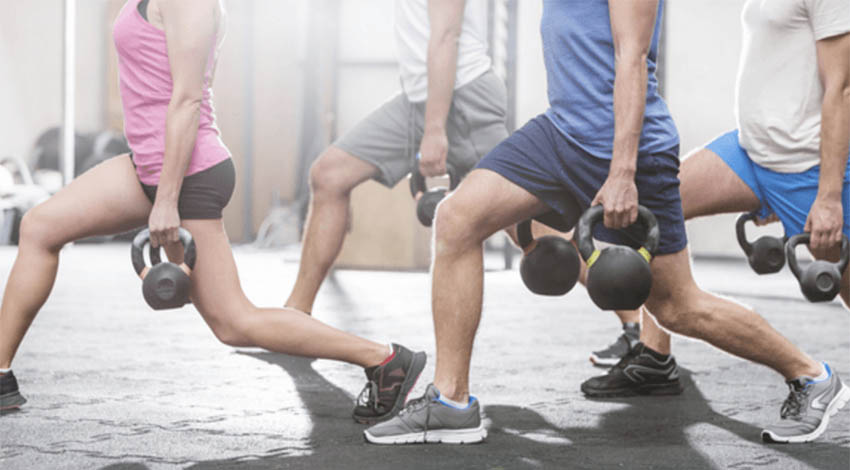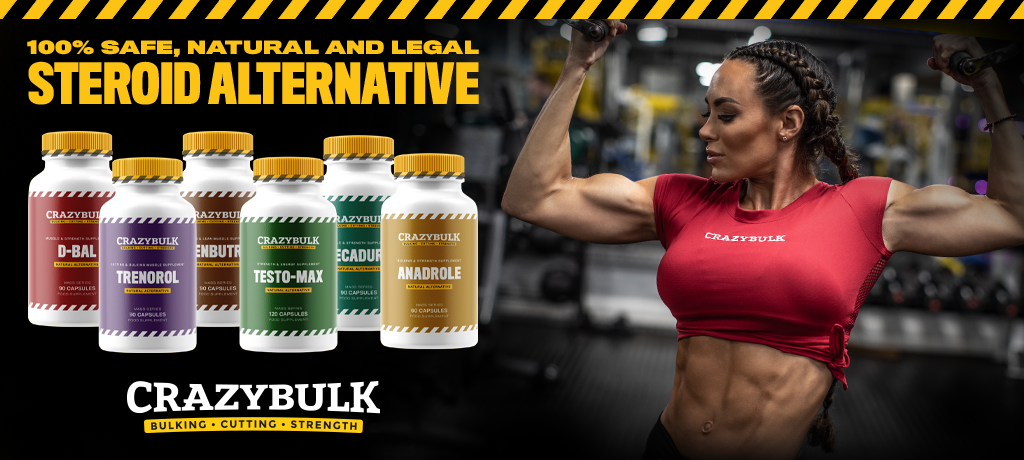Kettlebells, with their distinct appearance, offer a dynamic range of exercises for fitness enthusiasts at all levels, including beginners. Their ability to engage multiple muscle groups – with the exception of perhaps the abs – makes them an exceptional tool in any fitness regimen. In this guide, we delve into the ins and outs of starting with kettlebell workouts for novices.
Understanding the Kettlebell Dynamic
At first glance, the kettlebell might remind you of a bowling ball with a sturdy handle attached. This design facilitates a spectrum of motions, allowing for both resistance and cardiovascular workouts due to its broad movement range. Research indicates that athletes who incorporate kettlebells into their training often witness faster results compared to those relying solely on traditional gym equipment.
One of the standout benefits of kettlebell exercises is their efficacy in calorie burning—equivalent to the calorie expenditure of a 6-minute mile sprint. This impressive burn rate is attributed to the full-body engagement kettlebell exercises necessitate. Such exercises mirror many daily life movements, enhancing the endurance of frequently utilized muscles. Moreover, kettlebell routines not only target primary muscle groups but also smaller stabilizing muscles and those responsible for hand grip strength.
For those looking to shake up their resistance training or rehabilitating from injuries, kettlebells present a perfect solution. Their versatility serves both newcomers to fitness and seasoned gym enthusiasts. For instance, exercises like kettlebell cleans and jerks have proven beneficial in alleviating pain in areas like the neck, back, and shoulders.
Why Choose Kettlebell Workouts?
If your goals encompass building endurance, amplifying muscle strength, and shedding weight, kettlebell workouts can be pivotal. For those with packed schedules preventing regular gym visits, fear not. Kettlebells offer both resistance and cardiovascular workouts in a compact time frame—imagine combining a 20-minute run with 20 minutes of resistance training, all condensed into a 15-minute kettlebell routine.
Ahead, we’ll explore some of the most impactful kettlebell exercises. However, it’s crucial to gradually increase your workout intensity to avoid potential injuries.
Kettlebells are popular for several compelling reasons:
• Enhanced muscle growth (this effect can be amplified with steroids like Anavar and testosterone propionate, though use with caution and proper guidance).
• Accelerated weight loss due to metabolic boost.
• Augmented endurance and flexibility, especially in spine muscles.
• Support in preventing cardiovascular and respiratory ailments.
Beyond these points, kettlebell workouts can be tailored to focus on specific muscle groups, aiding in achieving a more toned and refined physique.
A Beginner’s Guide to Kettlebell Workouts
Embarking on a kettlebell workout journey? Great choice! Kettlebells are an incredibly versatile fitness tool. Before diving in, it’s crucial to understand some foundational guidelines to ensure your safety and effectiveness:
Setting the Stage:
- Kickstart your routine with a 5-minute warm-up to prime your muscles.
- Familiarize yourself with the technique of each kettlebell movement before performing them. This minimizes risk and maximizes results.
Depending on your current fitness level, experts advise doing 5 to 10 reps for each exercise, spanning 2-5 sets daily.
Mastering the Moves
Prioritize precision and movement coordination. These principles should be the pillars of your kettlebell routine. Beware of executing moves too rapidly. Rapid movements can obscure the muscle load distribution and hinder movement coordination.
When exercises are performed too swiftly, the arm muscles tend to bear the brunt of the weight. Aim for a controlled, deliberate pace to ensure comprehensive muscle engagement.
Footwear Focus
Professional trainers often caution against using cushioned sports shoes with thick soles during kettlebell exercises. Such footwear can compromise movement coordination, strain the ankles, and heighten injury risk.
The ideal scenario? Go barefoot, or opt for athletic shoes with thin soles. However, if you choose the barefoot route, exercise caution to avoid any foot injuries.
Choosing the Right Kettlebell
Selecting the appropriate kettlebell weight is crucial. Options include 8 kg (17.6 lbs.), 16 kg (35.2 lbs.), 22 kg (48.4 lbs.), and 32 kg (70.4 lbs.), with other weights like 18 kg (39.6 lbs.) available but less prevalent. Generally, an 8-kg kettlebell suits most women, while men might start with 16 kg. Your selection should align with your fitness level.
Kettlebell Exercises to Begin With
Eager to enhance your strength, endurance, and muscle definition? Kettlebell resistance training can be your ally. Here are some beginner-friendly exercises:
- One-Arm Kettlebell Jerk: Begin with a straight back, slightly inclined. Holding a kettlebell in one hand, jerk it up to your chest. Switch hands and lower it.
- Inclined Kettlebell Row: Grip a lightweight kettlebell and, flexing at the elbow, elevate the kettlebell towards your torso.
- Kettlebell Swing: Initiate the swing by either lifting the kettlebell from the ground or propelling it off your thigh.
For those eyeing fat burn while simultaneously fortifying their heart, kettlebell cardio is a compelling option. Research suggests that kettlebell exercises can trump other cardio workouts, like running, in efficiency.
Imagine: a mere 10 minutes of kettlebell swings can rival a 20-minute run.
As you progress and aim for advanced performance, incorporate varied kettlebell exercises, such as:
- Low-Weight Kettlebell Swings
- Kettlebell Side Bends
- Lunges
- Jerks
- Squats
For visual aids, platforms like YouTube offer a plethora of tutorials on kettlebell workouts. Notably, Joe Rogan, a prominent media personality, is an enthusiast. However, there have been speculations about his potential steroid use (for more, see: “Joe Rogan and steroids”).

